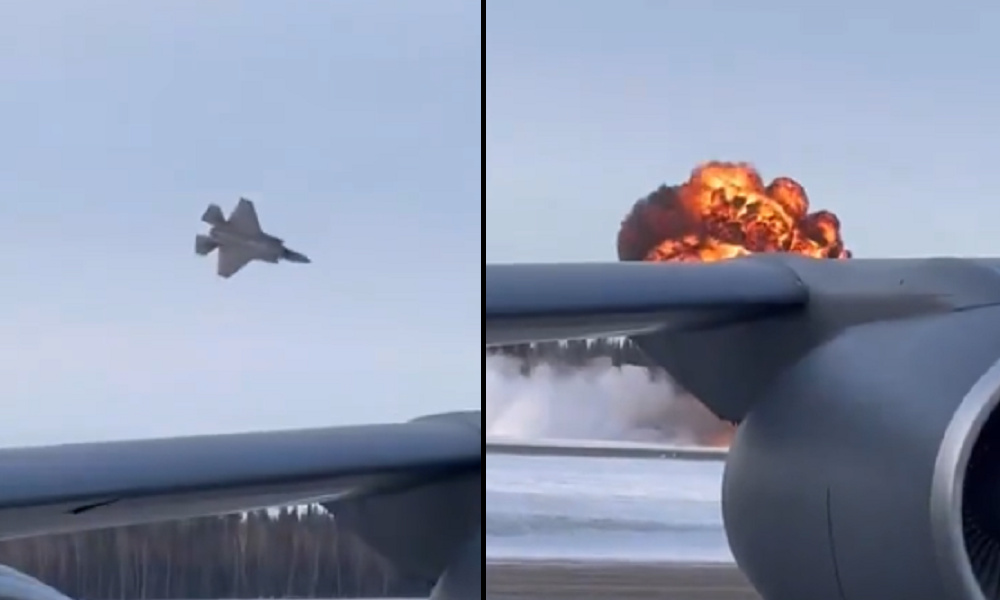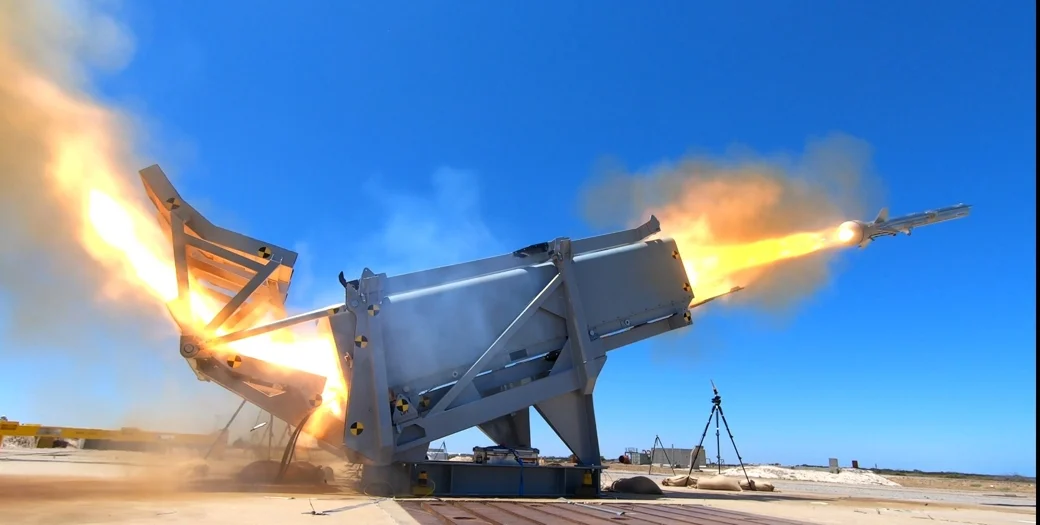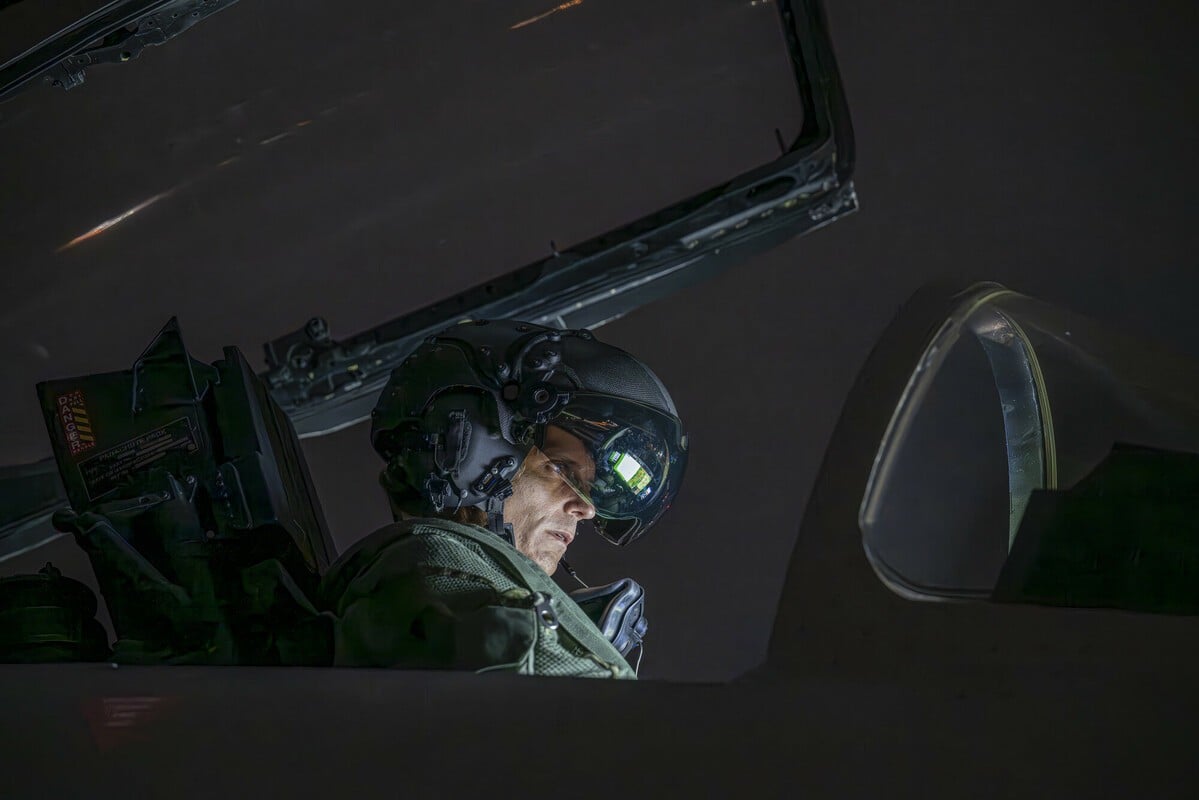The French Defense Innovation Agency (AID) has turned its focus to the burgeoning field of space defense by selecting the startup Dark for an ambitious concept study aimed at intercepting hostile space objects in low-Earth orbit. This initiative underscores the increasing need for robust defensive measures as nations explore the complexities of space and the potential threats posed by debris and other targeted actions.
Dark will utilize a sophisticated digital framework known as Salazar to simulate the entire interception process. The Paris-based firm highlighted that this internally developed simulation tool integrates various digital models to replicate the operational sequence of their interceptor system. Salazar encompasses every stage, from the initial ground preparation to the actual interception, capture, and the subsequent return of the intercepted object from orbit. The capabilities of Salazar go beyond mere simulation; it provides insights and feedback that can shape the adaptation of future technologies, equipping users with a clearer vision of possible outcomes.
As part of this collaboration, AID will provide Dark with a virtual target that features either evasive maneuvers or an alert system. In turn, Dark is tasked with determining the optimal intervention strategy based on the target’s orbital parameters. This includes crafting a comprehensive mission strategy that addresses performance metrics and timing requirements.
The interception technology under development consists of a five-arm robotic system designed to effectively engage 1-metric ton objects located at altitudes of around 1,000 kilometers (620 miles). Remarkably, the system can operate with just 24 hours’ notice, launching from a modified commercial aircraft positioned just below the target’s orbit. Clyde Laheyne, co-founder and CEO of Dark, elaborated on the operational dynamics, explaining that the robot will utilize an array of sensors—including in-house radar, lidar (Light Detection and Ranging) technology, and an optical sensor—to accurately position itself relative to its intended target. One of the robotic arms will be precisely dedicated to intercepting the object, while the remaining four will facilitate its seizure and deceleration in preparation for atmospheric reentry.
Dark’s push into space interception comes on the heels of a previous emergency interception study conducted for the French Space Agency (CNES), where they simulated intercepting space debris. This growing focus on space defense is particularly timely, given the rising concerns surrounding space weaponization. The proliferation of anti-satellite capabilities was starkly highlighted in 2021 when Russia tested an anti-satellite missile that destroyed one of its own satellites, creating a debris cloud that necessitated evasive maneuvers by the crew aboard the International Space Station.
The ongoing study in collaboration with AID aims to bolster France’s and, by extension, Europe’s strategic response to potential threats in low Earth orbit. This initiative will not only evaluate existing interception capabilities but also analyze the feasibility of transferring and maneuvering payloads in orbit. Such advancements are expected to enhance missions that require situational characterization and expand the French capabilities for surveillance and response to possible space interference attempts as the industry moves towards 2030 and beyond.


















